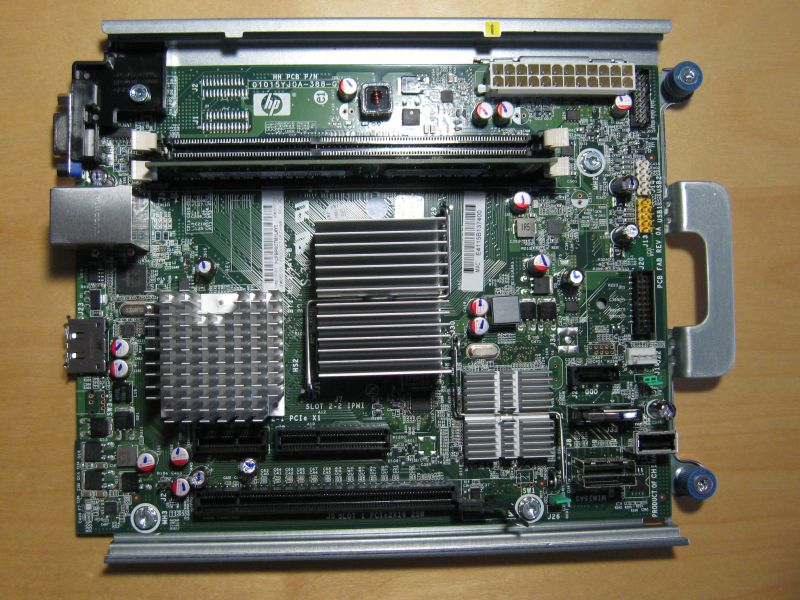

Maximum latency to both storage center networks must not exceed 200ms RTT.
#N54l esxi 6.7 software
For auto failover a third site is required with the Enterprise Manager software installed to act as a a tiebreaker.Very important when considering traditional MSCS.Bandwidth is dependent on load, it is not uncommon to see redundant 10Gb/40Gb links between sites.High Bandwidth, low latency link between two sites.Specifically regarding the Dell Compellent solution: Why is this important for vMSC? Because in certain failure scenarios we can fail over between both sites automatically and gracefully. As a result, promoting the secondary storage array to primary status is transparent to the hosts, and can be done automatically with auto-failover. This virtualization enables decoupling of the volume presentation to the host from its physical location on a particular storage array. Broadly speaking Live Volume virtualizes the volume presentation separating it from disk and RAID groups within each storage system. Live volume is a specific feature with Dell Compellent storage centers. I will touch on requirements later on in this post. Ideally we have a stretched & trunked layer 2 network across both sites facilitated by redundant connections. Failover scenarios can be further enhanced with automatic fail over features that come with solutions like Compellent Live Volume.įrom a networking perspective. Risk and performance are spread across one location. Having stretched clusters gives us greater flexibility and potentially better RPO/RTO with mission critical workloads when implemented correctly. This can still be internally (different server rooms within the same building) or further apart over geographically disperse sites. In comparison to a lot of configurations where compute clusters reside within the same physical room, stretched clusters spread the compute capacity over more than one physical location. Stretched clusters are pretty much self explanatory. The foundation of which are stretched clusters and with regards to the Compellent suite of solutions Live Volume Stretched Cluster It’s not a feature like HA/DRS that we can switch on easily it requires architectural design decisions that specifically contribute to this configuration. VMware vSphere Metro Storage Cluster is a suite of infrastructure configurations that facilitate a stretched cluster setup.

The actual installation of NSX is already well covered but this covers the basics for what I needed to do. Due to the nature of nesting ESXi hosts for this to work promiscuous mode has to be enabled on the port groups on the phyiscal host for this to work (management doubles as VXLAN Transport) My nested ESXi hosts have vNIC’s in these port groups. The end result looks like this:įrom a networking perspective I have separate port groups on my physical host for Management, VM, iSCSI, vMotion etc. NAS/SAN: HP Microserver N54L, 12GB Ram, 480GB SSD, 500GB mechanical.ĮSXi is installed on the physical host with additional ESXi VM’s being created so I can play around with DRS/HA features too. Switch: 8 Port Netgear GS 108-T Smart Switch I have a fairly simple setup consisting of a single whitebox “server” that will accommodate nested ESXi hypervisors and a HP Microserver acting as a iSCSI target. For this I’ve re-purposed my existing homelab and configured it for NSX. With the ever growing popularity of SDDC solutions I’ve decided to invest some time in learning VMware NSX and sit the VCP6-NV Exam.


 0 kommentar(er)
0 kommentar(er)
